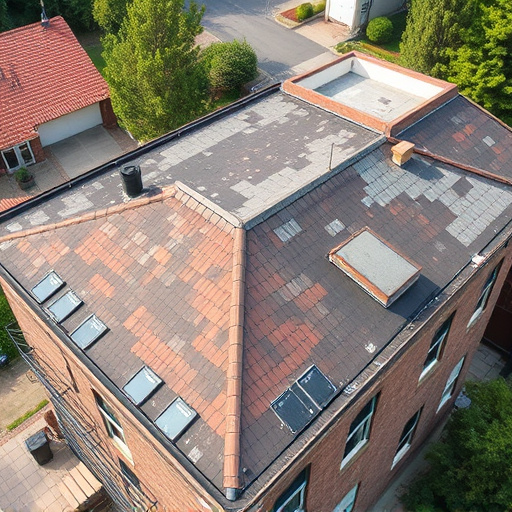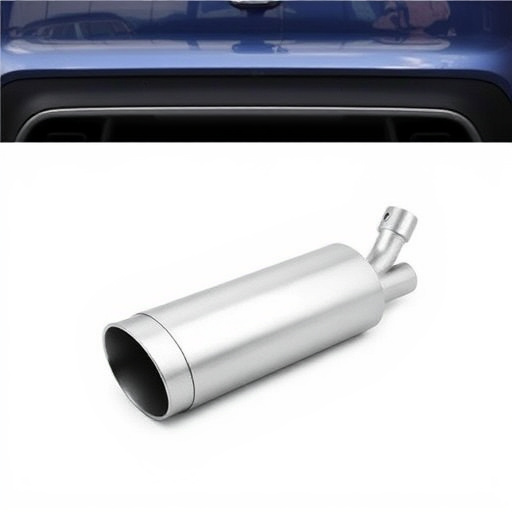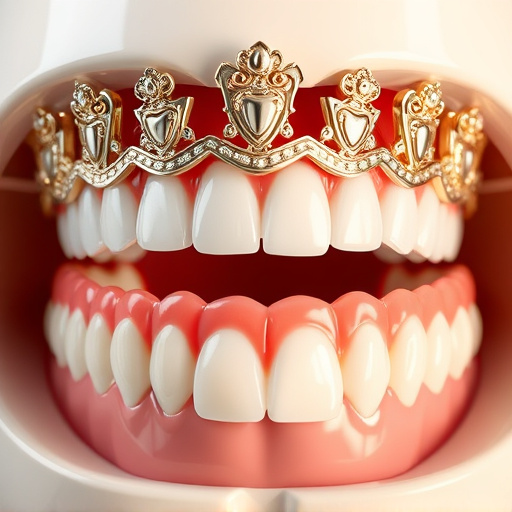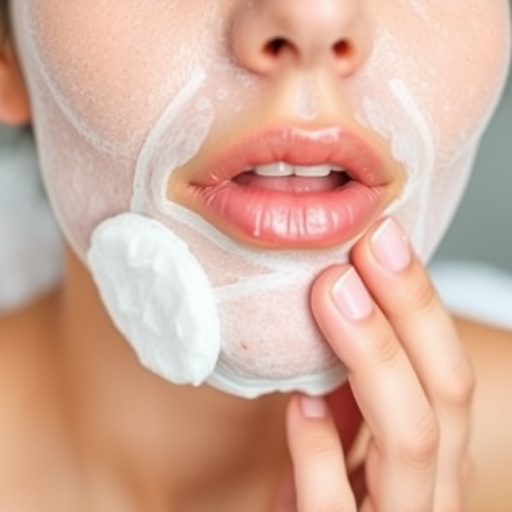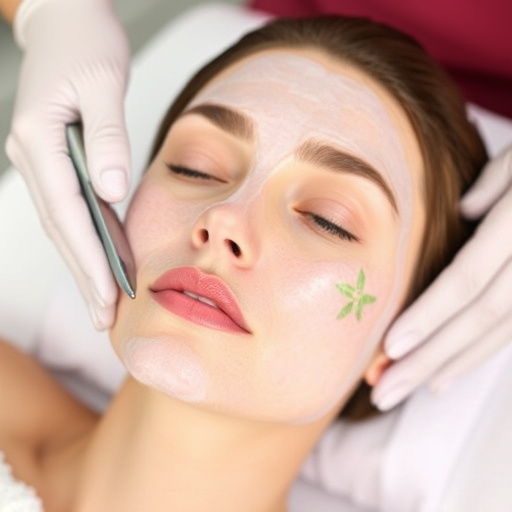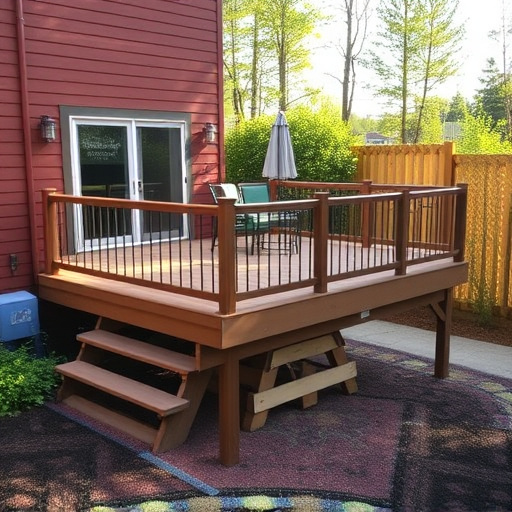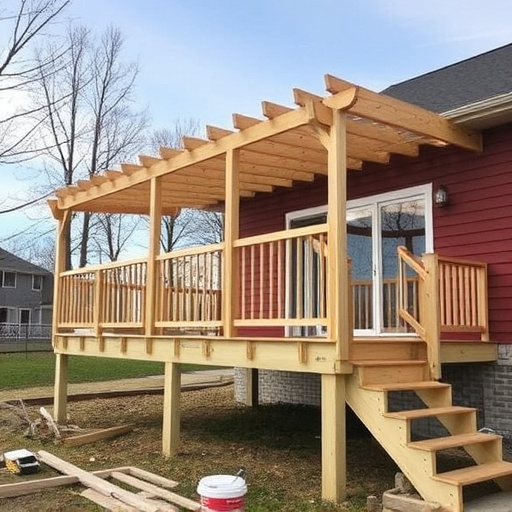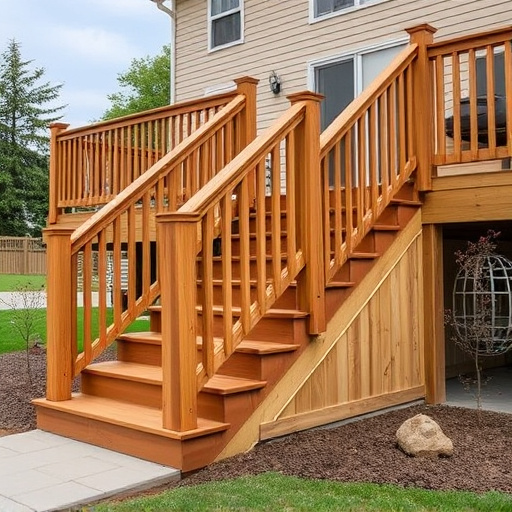Mold and mildew on deck boards can cause structural damage and unsightly stains. Preventative measures include regular cleaning, sealing, and inspections. Prepare by gathering tools, wear protective gear, and ensure good ventilation. For severe cases, seek professional assistance. Identify the type of mold/mildew for targeted cleaning with mild detergent or bleach. Maintain boards by promptly drying after cleaning and scheduling regular inspections. Apply sealing products to block water and spores, preventing future infestations and costly repairs.
Keep your deck looking its best by learning how to effectively clean and maintain deck boards free of mold and mildew. This comprehensive guide covers everything from understanding the causes and dangers of these unsightly stains to detailed cleaning techniques and preventive maintenance tips. By implementing safe, proven methods, you can restore your deck’s original beauty and protect your investment in long-lasting, healthy wood.
- Understanding Mold and Mildew on Deck Boards
- Preparation and Safety Measures for Cleaning
- Effective Cleaning Techniques and Maintenance Tips
Understanding Mold and Mildew on Deck Boards
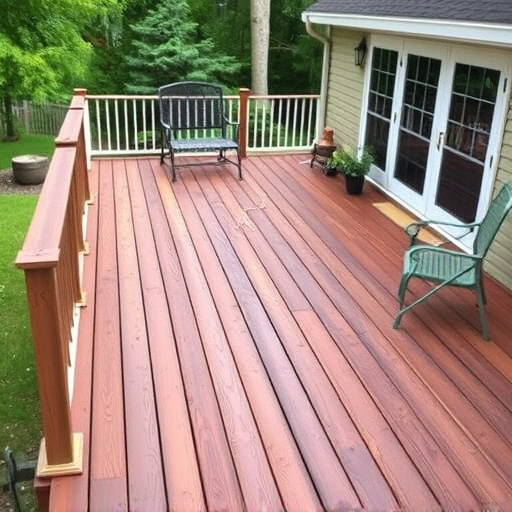
Mold and mildew are common issues that can affect deck boards, causing unsightly stains and potential structural damage over time. Understanding what causes their growth is the first step in effective prevention and removal. Moisture is the primary catalyst for mold and mildew development on deck boards, which typically occurs when water from rain, leaks, or excessive humidity seeps into the wood’s pores. This environment provides the perfect conditions for these organisms to thrive and multiply.
Deck boards, if not properly maintained, can become a breeding ground for molds and mildews, which are often identified by their distinct musty odors. Residential siding and roofing solutions that overlook regular cleaning and sealing can exacerbate this issue. Commercial roofing operations should also be mindful of these problems, as large-scale structures may face increased moisture intrusion due to their size and complexity. Regular inspections and prompt remediation techniques are key to managing and preventing mold and mildew growth on deck boards, ensuring a safe and aesthetically pleasing outdoor living space.
Preparation and Safety Measures for Cleaning
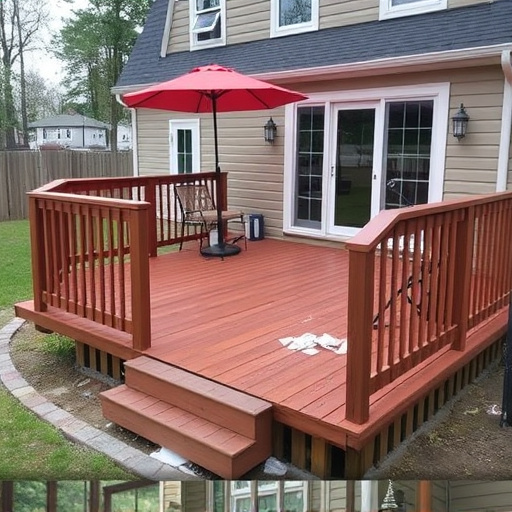
Before tackling mold and mildew on your deck boards, proper preparation and safety measures are essential to ensure an effective cleaning process and protect yourself from potential health risks. Start by gathering all necessary tools and equipment, including a pressure washer, mold-specific cleaning solution, protective gear such as gloves, goggles, and a respirator mask, as well as a brush with stiff bristles.
Ensure proper ventilation in the area to minimize the inhalation of mold spores. If the deck boards are severely damaged or the mold infestation is extensive, consider seeking professional assistance from a company specializing in residential or commercial siding cleaning. They have the expertise and equipment, such as specialized commercial siding cleaners, to handle the task safely and thoroughly, preventing further damage or health concerns.
Effective Cleaning Techniques and Maintenance Tips
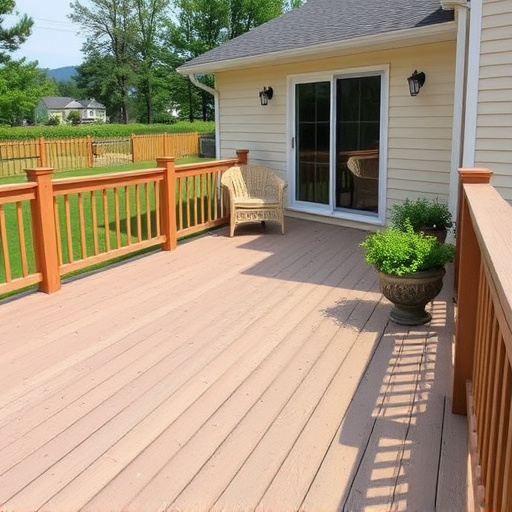
Effective Cleaning Techniques for Deck Boards
When it comes to cleaning mold and mildew from deck boards, a proactive approach is key to maintaining a healthy outdoor space. Start by identifying the type of mold or mildew present, as different species require specific cleaning methods. A common and effective technique involves using a mixture of water and mild detergent or bleach. Apply this solution to the affected areas using a brush or sponge, ensuring thorough coverage. For more stubborn cases, consider using specialized mold and mildew removal products designed for outdoor use, which can be powerful yet safe for deck materials.
Regular maintenance is equally vital to prevent future infestations. After cleaning, dry the deck boards promptly to avoid moisture buildup, as this is a primary breeding ground for mold and mildew. Schedule routine inspections and cleaning sessions, especially in areas prone to high humidity or water accumulation. Additionally, consider protecting your deck with sealing products designed to repel water and block spores, acting as a barrier between the boards and potential contaminants. Remember, addressing these issues early can prevent more extensive repairs, such as those required for roofing services or siding repairs, down the line.
Cleaning mold and mildew from deck boards is a necessary task to maintain a healthy and aesthetically pleasing outdoor space. By understanding the growth factors and implementing proper safety measures, you can effectively tackle these issues. Regular cleaning and maintenance, combined with natural prevention methods, will ensure your deck boards remain in top condition for years to come. Remember, a mold-free deck is not just about aesthetics; it also prevents potential health risks associated with these microscopic invaders.
